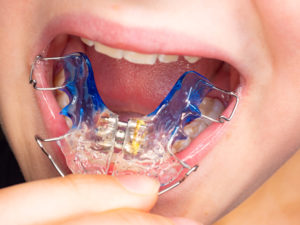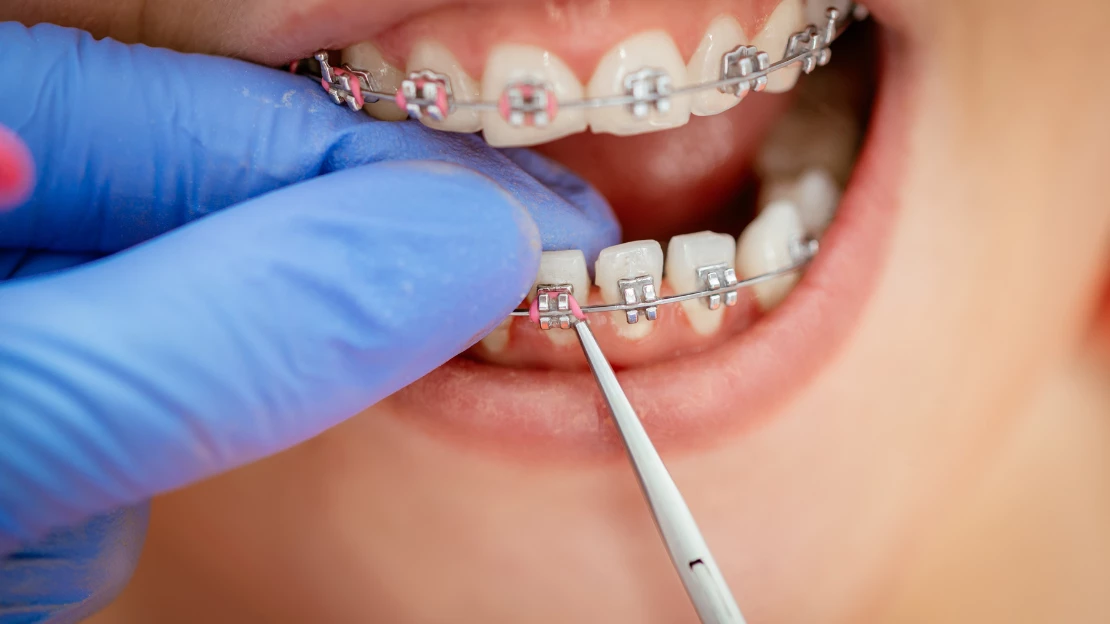The 10-Second Trick For Johnson Orthodontics
The 10-Second Trick For Johnson Orthodontics
Blog Article
The Best Guide To Johnson Orthodontics
Table of ContentsThe Best Strategy To Use For Johnson OrthodonticsJohnson Orthodontics for DummiesThe smart Trick of Johnson Orthodontics That Nobody is Talking AboutNot known Incorrect Statements About Johnson Orthodontics Some Of Johnson OrthodonticsNot known Details About Johnson Orthodontics 3 Easy Facts About Johnson Orthodontics Explained
An orthodontist is a dentist educated to diagnose, stop, and deal with teeth and jaw irregularities. Orthodontists work with people of all ages, from children to adults.All orthodontists are dental practitioners, but not all dentists are orthodontists. Orthodontic residency programs use intensive, focused instruction for dental specialists. They concentrate on two areas: Exactly how to effectively and securely relocate teeth Exactly how to correctly lead growth in the teeth, jaw, and faceOnce an orthodontist has finished training, they have the choice to come to be board accredited (https://www.find-us-here.com/businesses/Johnson-Orthodontics-Mentor-Ohio-USA/34173780/).
All about Johnson Orthodontics
Malocclusion leads to tooth congestion, an askew jaw, or irregular bite patterns. Malocclusion is normally treated with: Your orthodontist affixes metal, ceramic, or plastic square bonds to your teeth.
If you have only minor malocclusion, you might have the ability to make use of clear braces, called aligners, rather than conventional dental braces. Some individuals need a headgear to assist relocate teeth into line with pressure from outside the mouth. After braces or aligners, you'll need to put on a retainer. A retainer is a custom device that keeps your teeth in position.

They're most typically utilized on youngsters. They can create extra area in the mouth without needing to pull teeth. If you have a serious underbite or overbite, you might need orthognathic surgery (also called orthodontic surgical procedure) to lengthen or shorten your jaw. Orthodontists use cables, medical screws, or plates to sustain your jaw bone.
Indicators on Johnson Orthodontics You Should Know
Throughout your initial orthodontic appointment, you'll likely have: A dental examPhotos taken of your face and smileDental X-raysPanoramic (360 level) X-rays of your face and headImpressions to create molds of your teethThese examinations will aid your orthodontist recognize exactly how to wage your treatment. An orthodontist is a dentist who's had training to treat your teeth and jaw.
An orthodontist is focused on your bite, so something like a broken tooth would certainly be managed by a dental professional. Orthodontists are focused on your bite, or the way your teeth fit with each other, and the straightness of your teeth.
Ever wondered exactly how celebs constantly seem to have completely lined up teeth? Orthodontists are oral specialists who concentrate on fixing irregularities in the teeth and jaws.
Excitement About Johnson Orthodontics

These detachable trays are personalized to gradually change the teeth's setting. In situations of slim jaws, palatal expanders can be used to develop area for correct tooth alignment.
Fascination About Johnson Orthodontics
While accomplishing a gorgeous smile is a natural perk of orthodontic therapy, the benefits prolong far past visual appeals. Correctly lined up teeth and a balanced bite contribute to boosted oral health in numerous methods: Straight teeth are less complicated to cleanse, which aids avoid dental caries and gum tissue illness. An appropriate bite enables efficient chewing, which aids in digestion and overall digestive tract health and wellness.
What is the difference between a dental expert and an orthodontist? To address a question that is commonly asked, both dental experts and orthodontists help people get much better oral health, albeit in different ways. It aids to keep in mind that dentistry is a rather wide scientific research with various clinical Find Out More specializations. All dental practitioners, consisting of orthodontists, deal with the teeth, periodontals, jaw and nerves.
Orthodontists and dental practitioners both offer oral take care of people. Orthodontists can operate in an oral office and supply the same therapies as other dentists. You can believe of both physicians who treat periodontal and teeth troubles. The main difference is that becoming an orthodontist requires a specific specialized in dealing with the misalignment of the teeth and jaw.
The Ultimate Guide To Johnson Orthodontics
An orthodontist is a dental professional that has actually gone through training to concentrate on the medical diagnosis, prevention and treatment of irregularities in the jaw and teeth. Their training includes remedying these existing problems (invisalign). They can also determine potential problems in teeth placement that may establish when conditions are left unattended. Orthodontists can assist individuals of every ages.
This consists of all the necessary education and learning to come to be a general dentist. According to the American Trainee Dental Association (ASDA), it means you will need to have either a Medical professional of Medicine in Dentistry (DMD) or a Doctor of Oral Surgery (DDS). To put it simply, orthodontists need to complete oral college and after that obtain an orthodontics specialized education.
5 Easy Facts About Johnson Orthodontics Described

Other than the orthodontist, we typically see assistants functioning with these oral experts in their facilities. What is an orthodontist assistant called?
Report this page